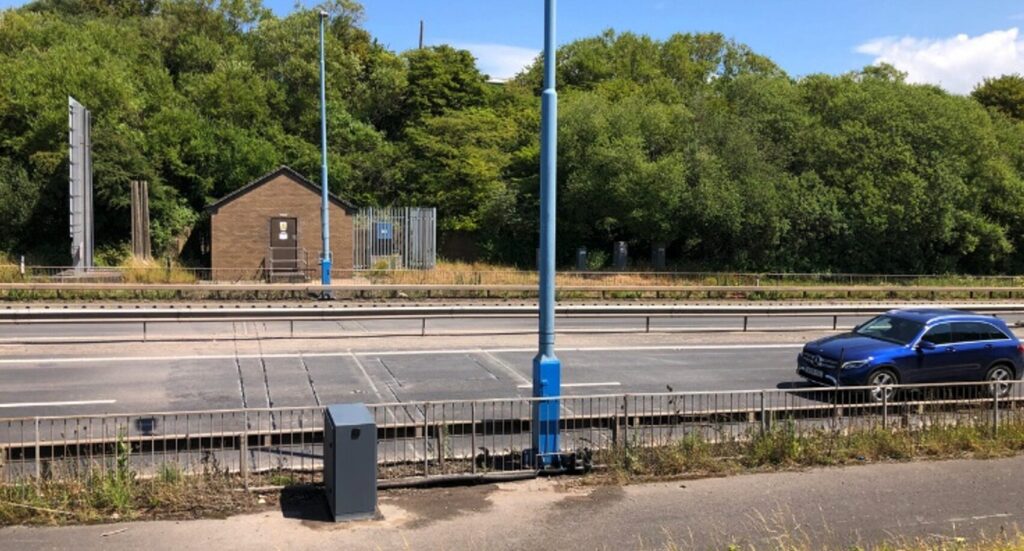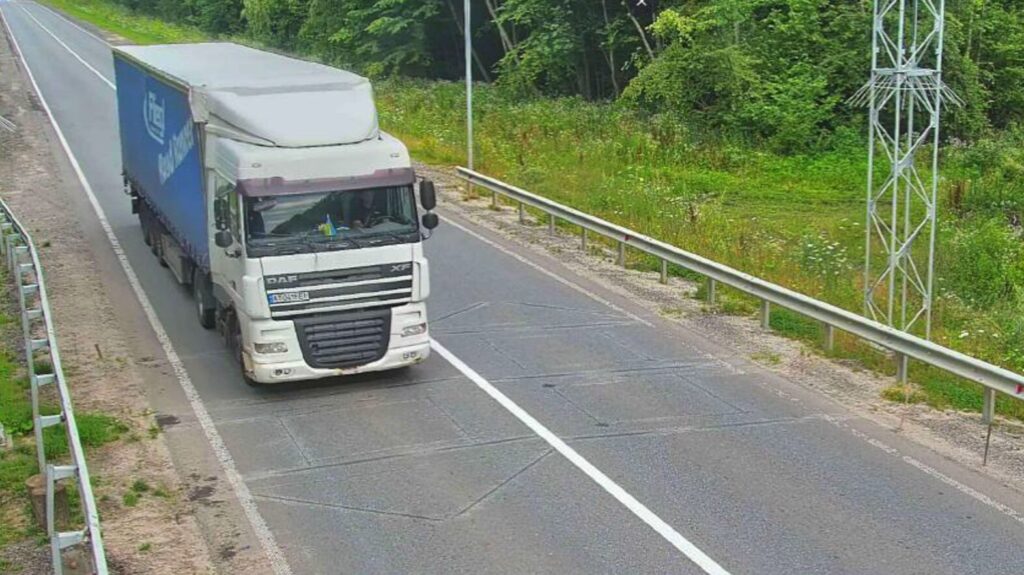

News
Weigh-in-motion technology: Leading the way with Oliver Bain
In this interview, Oliver Bain, Managing Director of Q-Free UK, shares his insights on the evolving role of Weigh-In-Motion (WIM) technology in road safety, infrastructure planning, and automated enforcement.
Drawing from his extensive experience in transport technology and enforcement, Oliver discusses how Q-Free is leading the way in WIM deployments, the challenges posed by electric vehicles, and the future of intelligent transportation solutions. As road authorities and infrastructure providers continue to adopt WIM technology, Oliver highlights its growing importance in improving compliance and optimizing road maintenance.
Oliver, can you tell us about your background and experience within the ITS industry?
“I’ve been in the transport space since 2009, working with innovative businesses and forward-thinking roads authorities. This has shaped my approach to always look for better, more effective ways to deliver transport systems that improve safety and efficiency. My experience spans infrastructure, vehicle detection, automated enforcement, and traffic management systems—ultimately contributing to saving lives, time, and money.”

What attracted you to Q-Free, and what is your role?
“Q-Free is an exciting, innovative business with an incredible depth of expertise. The opportunity to lead a business unit with a global reach and the ability to solve real-world problems with our customers and partners is truly motivating. I’m proud to be at the helm of Q-Free UK, combining skills and intellectual property to address complex transport challenges.”
What are your key goals for Q-Free over the next year?
“By 2025, our success will be measured by happier customers, stronger partnerships, and continued growth in our product usage. We’ve already begun to enhance our Infomobility business by identifying efficiencies and improving service delivery, allowing us to better meet the evolving needs of our customers.”
To those unfamiliar with Weigh-In-Motion, how would you describe the solution?
“WIM technology captures real-time vehicle weights as they drive over designated sites. This helps authorities understand real-world vehicle use, including axle and gross vehicle weights, which is essential for planning road maintenance and enforcing weight limits. It also allows immediate intervention for overloading violations, improving road safety and reducing wear on infrastructure.”

How has the WIM market evolved in recent years from your perspective?
“We’ve seen a significant increase in WIM deployments for both data collection and automated enforcement. More authorities are adopting these systems because they not only improve compliance but also demonstrate clear ROI through enhanced safety. As the cost of deployment continues to decrease, WIM technology is being rolled out on a larger scale globally.”
What do you see for WIM in the next 5–10 years?
“I expect WIM to become even more integral to road safety and infrastructure planning. As automated enforcement matures, WIM will expand into new applications, such as event tracking and data collection for smart cities. The rise of electric vehicles and their added weight presents new challenges for road operators, but WIM will play a key role in helping to optimize maintenance schedules.”
Why do customers choose Q-Free, and what sets our WIM solutions apart?
“Customers choose Q-Free because of the reliability, accuracy, and adaptability of our products. We offer not only cutting-edge technology but also long-term support, including firmware updates and hardware upgrade paths. Our deep industry knowledge, coupled with our ability to offer tailored solutions, makes us a trusted partner in the WIM space.”

What final insights would you offer to stakeholders?
“The adoption of WIM is accelerating globally, and it’s becoming increasingly vital for road safety and infrastructure planning. WIM helps prevent road damage caused by overloaded vehicles, and in places like the UK, it’s actively protecting legacy bridges. With smarter investments in WIM technology, we can improve compliance, reduce risks, and ultimately create safer, more efficient road networks for everyone.”